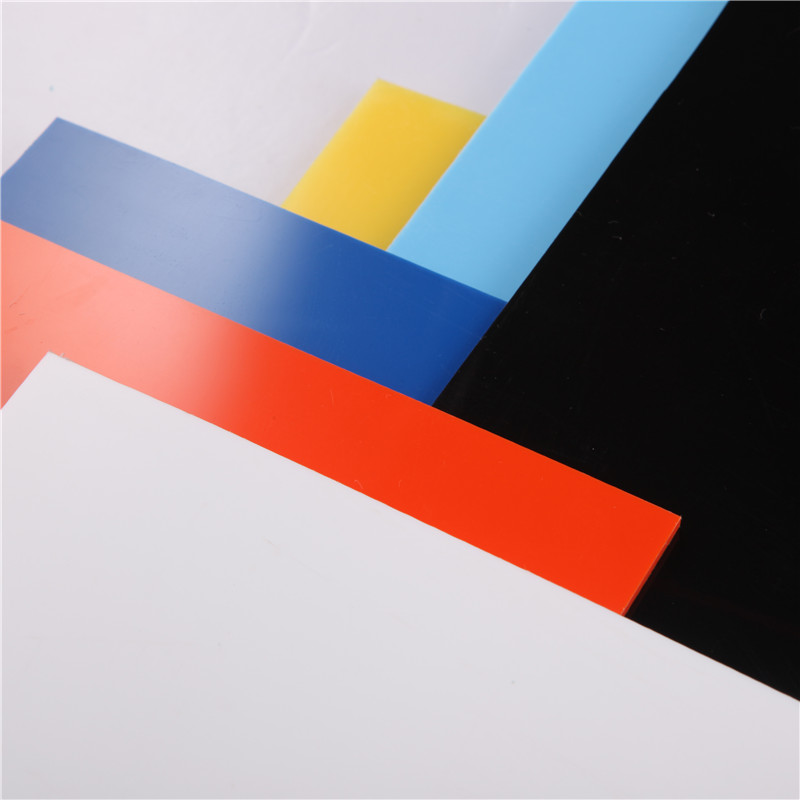nov . 12, 2024 11:39 Back to list
ppr pipes and fittings
Understanding PPR Pipes and Fittings A Comprehensive Guide
In the world of plumbing and fluid transportation, the choice of materials is crucial for ensuring efficiency, durability, and safety. One of the standout choices in modern plumbing is Polypropylene Random Copolymer (PPR) pipes and fittings. This article will delve into the characteristics, benefits, applications, and installation of PPR pipes and fittings, illuminating why they are becoming increasingly popular in various industries.
What are PPR Pipes and Fittings?
PPR pipes and fittings are manufactured from a thermoplastic polymer known as polypropylene, specifically in a random copolymer form. This particular type of plastic is chosen due to its exceptional characteristics, such as its resistance to high temperatures, low thermal conductivity, and robust chemical resistance, making it suitable for both hot and cold water applications.
PPR pipes are available in various diameters and lengths, complemented by a wide range of fittings such as elbows, tees, and couplings. The flexibility and versatility of these components make them suitable for a broad spectrum of plumbing projects.
Key Benefits of PPR Pipes and Fittings
1. Durability PPR pipes have a long service life, often exceeding 50 years. They are resistant to corrosion and do not suffer the same wear and tear as metallic options, making them a cost-effective choice over time.
2. Temperature Resistance PPR pipes maintain their integrity under varying temperatures, capable of withstanding temperatures up to 95°C (203°F). This thermal stability makes them ideal for hot water applications.
3. Lightweight Compared to other materials such as PVC or metal, PPR pipes are significantly lighter. This attribute simplifies transportation, handling, and installation, leading to lower labor costs.
4. Low Friction Coefficient The smooth interior surface of PPR pipes reduces friction loss, thus enhancing the flow rate of liquids. This property translates to energy savings when pumping fluids through the system.
5. Environmental Impact PPR pipes are recyclable, which adds to their environmental sustainability. Their production process does not involve harmful substances, making them a safer choice for consumers and the environment.
ppr pipes and fittings

Applications of PPR Pipes and Fittings
PPR pipes and fittings are widely used across various sectors due to their advantageous properties. Common applications include
- Residential Plumbing Ideal for the distribution of hot and cold water within homes, PPR pipes offer reliable performance with minimal upkeep. - Heating Systems These pipes are frequently used in underfloor heating systems and radiators, effectively transporting hot water without risk of leaks or degradation.
- Industrial Use In factories and manufacturing plants, PPR pipes are employed for the transport of chemicals and other fluids that require a material resistant to corrosion and chemical interactions.
- Irrigation Systems PPR is also utilized in agricultural irrigation systems, delivering water efficiently and reliably to crops.
Installation of PPR Pipes and Fittings
The installation of PPR pipes requires specific tools and techniques to ensure a durable and leak-free system. Fusion welding is the most common method for joining PPR pipes and fittings. This process involves heating the ends of the pipes and fittings until they reach a softening point, then pressing them together to create a strong bond as they cool. Proper training and understanding of fusion techniques are necessary for optimal performance.
Before installation, careful planning and layout design are essential, considering factors such as pipe size, flow requirements, and potential future expansions.
Conclusion
PPR pipes and fittings are emerging as a preferred choice among engineers, plumbers, and contractors due to their numerous benefits and versatility. Their durability, environmental advantages, and safety make them an excellent investment for various applications, from residential plumbing to industrial processes. As more people become aware of the advantages of PPR systems, their popularity is likely to continue rising, contributing to more sustainable and efficient plumbing solutions.
-
Durable PP Rigid Sheet: Lightweight, Chemical Resistant Solutions
NewsAug.21,2025
-
PVC Grey Sheet for Extraction: Chemical Resistant & Durable
NewsAug.19,2025
-
Durable PVC Pipe Fittings for Plumbing & Irrigation Needs
NewsAug.18,2025
-
HDPE Steel Belt Reinforced Spiral Corrugated Pipe | High Strength
NewsAug.17,2025
-
HDPE Pipe Fittings: Durable, Leak-Proof Solutions
NewsAug.16,2025
-
Premium CPVC Sheet: High-Temp & Chemical Resistant Solutions
NewsAug.15,2025

